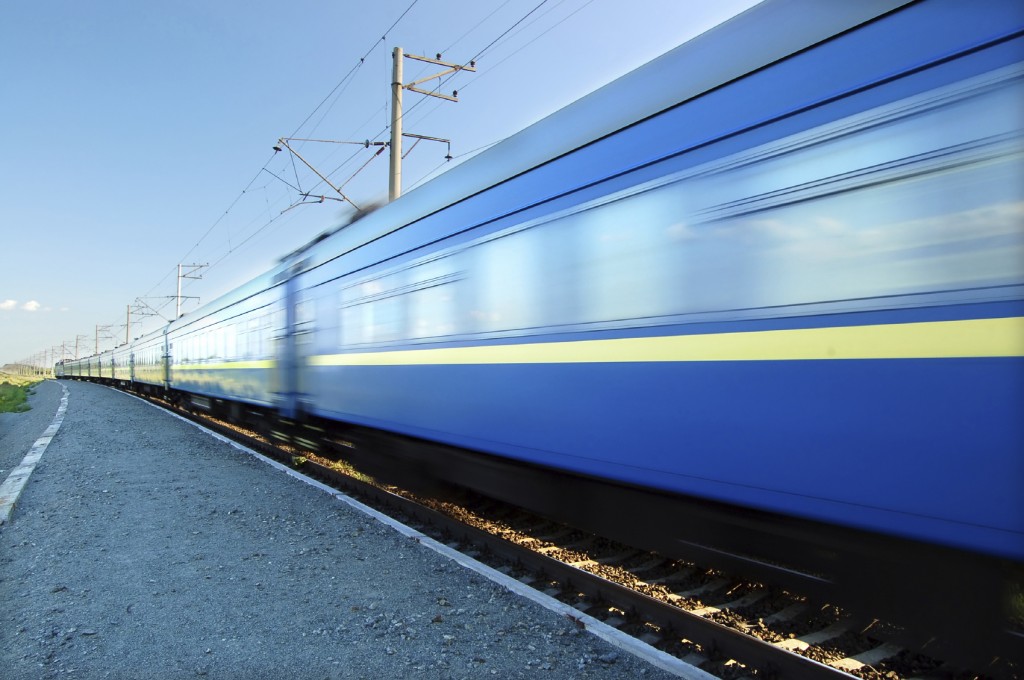In the past few months, the United States railroad system has experienced an unprecedented number of deadly and devastating train accidents; from the fatal Metro-North Railroad accident in New York that claimed the lives of six individuals to the most recent Metro-Link collision in Oxnard that left an engineer dead and 29 others injured; or the Amtrak collision in Halifax, NC that injured 55 people. It is a clear sign our nation’s railroads are in dire need of an overall. Enter The Railroad Safety and Positive Train Control Extension Act of 2008 – a Congressional attempt at preventing similar accidents using an automated global positioning system known positive train control (PTC). Unfortunately, in spite of efforts by the National Transportation Safety Board (NTSB) and the Association of American Railroads (AAR), it was announced in the Senate today that the system would not be ready until 2020.
At the heart of the issue is scale. The logistical and financial complexity involved with automating the nearly 150,000 miles of track that crisscross our country is unprecedented. Since its inception in 2008, following the Chatsworth train collision in Los Angeles, approximately $5.2 billion has been spent in attempt to complete the positive train control system by this year. Earlier today, President of the AAR, Edward Hamberger told Congress that he believes it would require at least another $4 billion and five years to complete.
While Senator Roy Blunt (R-Mo.) along with three other co-sponsors are likely to grant the project an extension, some industry experts believe that as sophisticated as the system is, it won’t stop car-to-train collisions. As reported by ABC News and The Hill, The NTSB’s acting Director of Railroad and Hazardous Materials Investigations, Robert Hall believes there is a far cheaper and simpler way to prevent collisions such as the ones in California and New York. By dialing a prominently displayed toll-free number at the railroad crossing, drivers, whose vehicles become stuck on the track, will be able to reach a dispatcher in time to reroute or stop the train altogether. Hall believes had such measures been in place, the collision in Halifax, NC could have been avoided altogether.
Whatever the decision, railroad safety is likely to remain a contentious issue at both the federal and state level for decades to come. Until multiple agencies can come together and create a unified plan, it is up to drivers, engineers, and passengers to keep themselves safe as possible around locomotives. Additionally, if you have been seriously injured in a train accident or lost a loved one due to the negligent behavior of someone directly related to the accident, you have the right to legal action. Call today Demas Law Group, P.C., to discuss your options in a free consultation.











